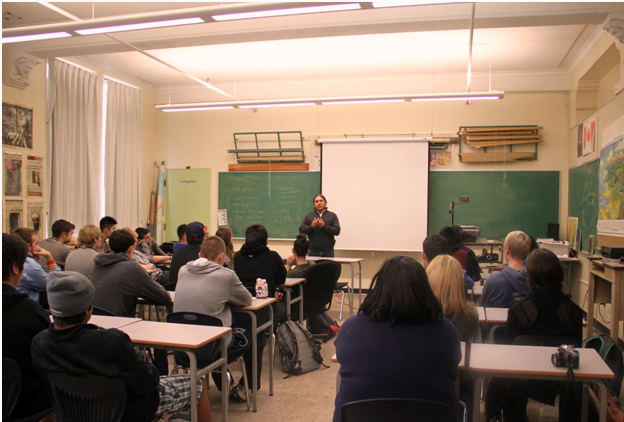Chapter 6. Education

Learning Objectives
16.1. Education around the World
- Identify differences in educational resources around the world.
- Describe the concept of universal access to education.
16.2. Theoretical Perspectives on Education
- Define manifest and latent functions of education.
- Explain and discuss how functionalism, conflict theory, feminism, and interactionism view issues of education.
Introduction to Education
From the moment a child is born, his or her education begins. At first, education is an informal process in which an infant watches others and imitates them. As the infant grows into a young child, the process of education becomes more formal through play dates and preschool. Once in grade school, academic lessons become the focus of education as a child moves through the school system. But even then, education is about much more than the simple learning of facts.
Our education system also socializes us to our society. We learn cultural expectations and norms, which are reinforced by our teachers, our textbooks, and our classmates. (For students outside the dominant culture, this aspect of the education system can pose significant challenges.) You might remember learning your multiplication tables in grade 2 and also learning the social rules of taking turns on the swings at recess. You might recall learning about the Canadian parliamentary process in a social studies course as well as learning when and how to speak up in class.
Schools can be agents of change or conformity, teaching individuals to think outside of the family and the local norms into which they were born, while at the same time acclimatizing them to their tacit place in society. They provide students with skills for communication, social interaction, and work discipline that can create pathways to both independence and obedience.
In terms of socialization, the modern system of mass education is second only to the family in importance. It promotes two main socializing tasks: homogenization and social sorting. Students from diverse backgrounds learn a standardized curriculum that effectively transforms diversity into homogeneity. Students learn a common knowledge base, a common culture, and a common sense of society’s official priorities, and perhaps more importantly, they learn to locate their place within it. They are provided with a unifying framework for participation in institutional life and at the same time are sorted into different paths. Those who demonstrate facility within the standards established by curriculum or through the informal patterns of status differentiation in student social life are set on trajectories to high-status positions in society. Those who do less well are gradually confined to lower, subordinate positions in society. Within the norms established by school curriculum and teaching pedagogies, students learn from a very early age to identify their place as A, B, C, etc. level vis-à-vis their classmates. In this way, schools are profound agencies of normalization.

